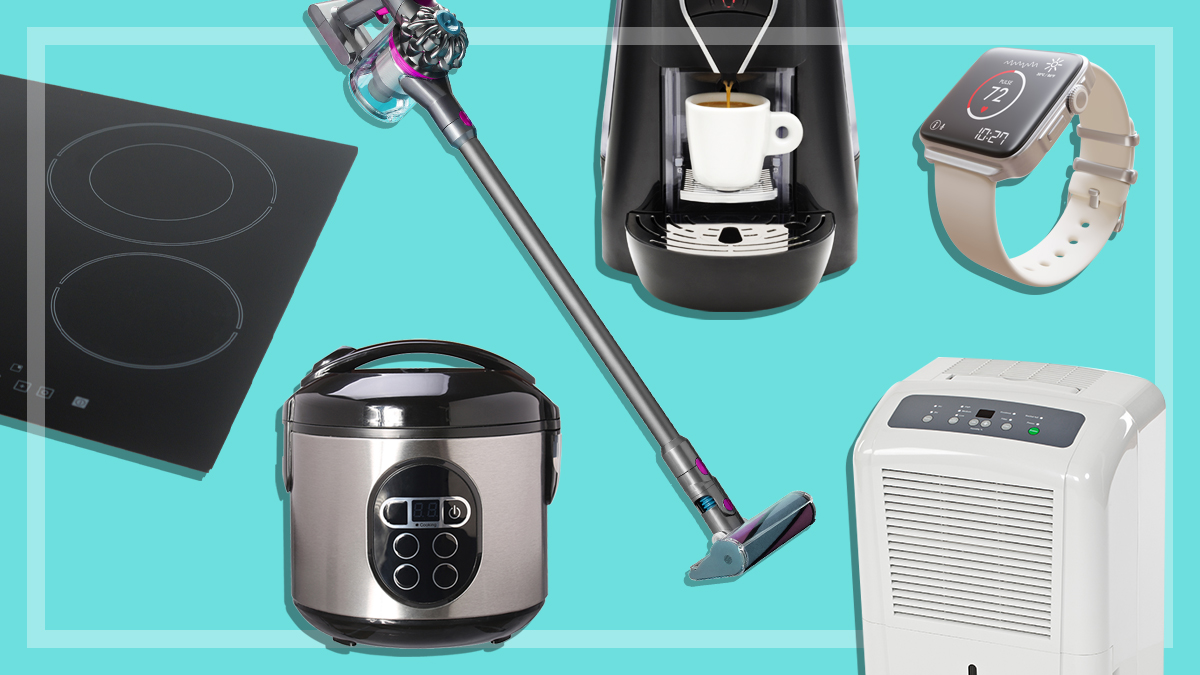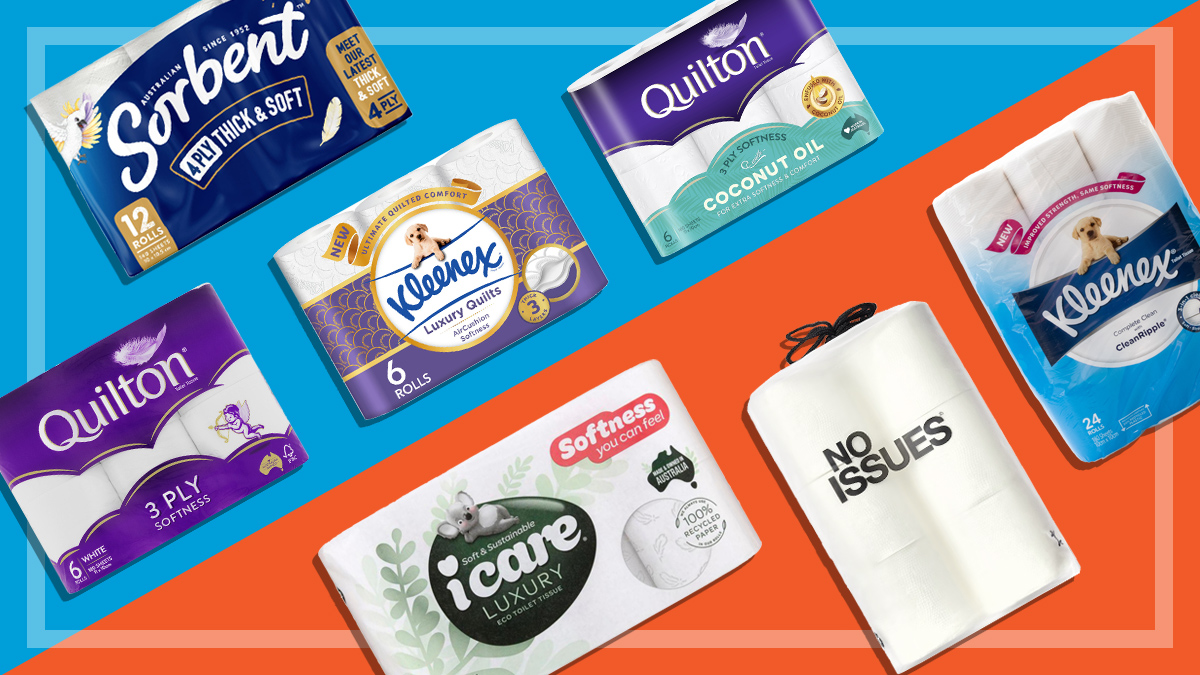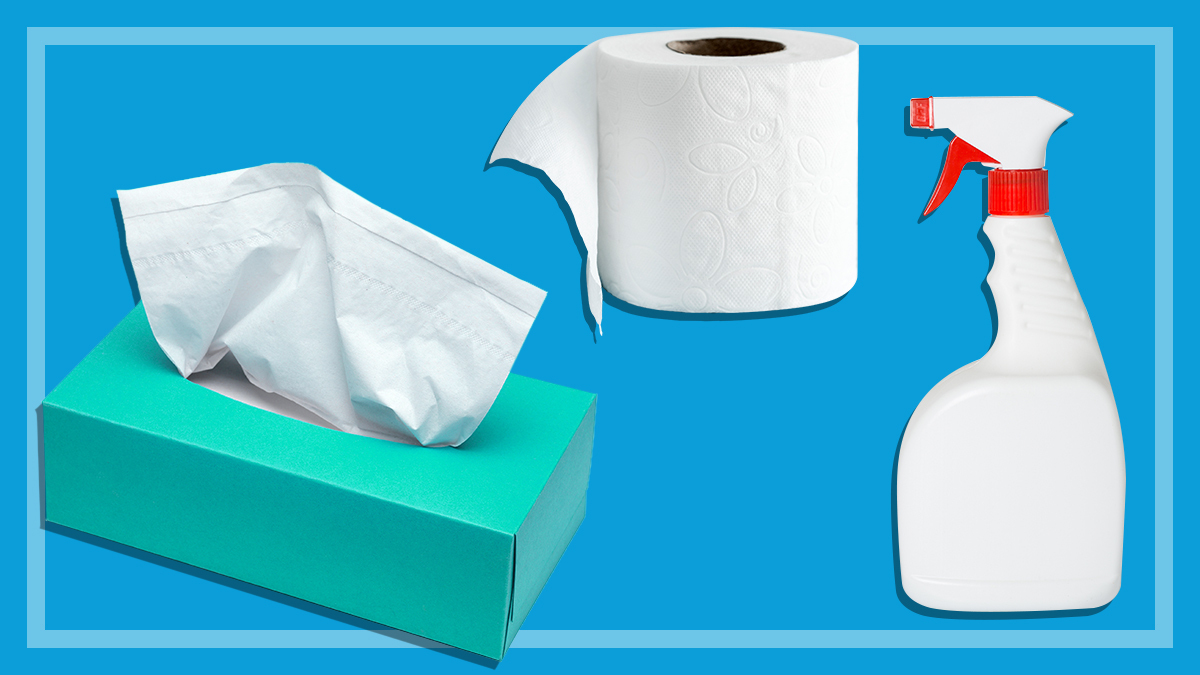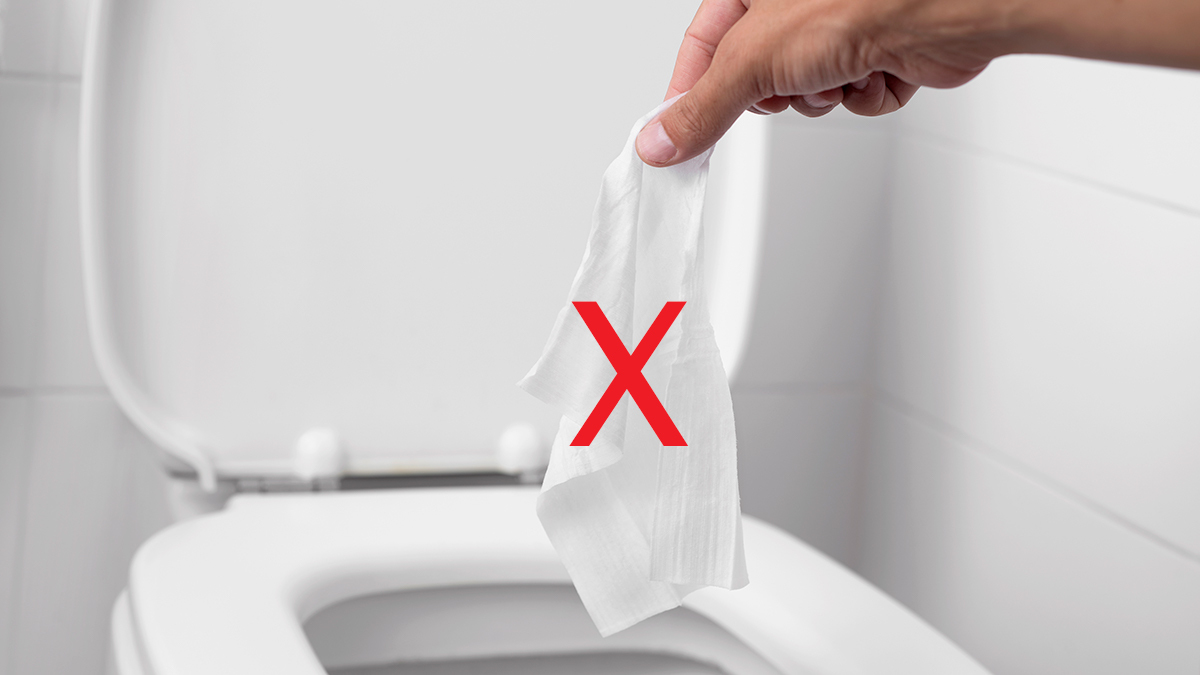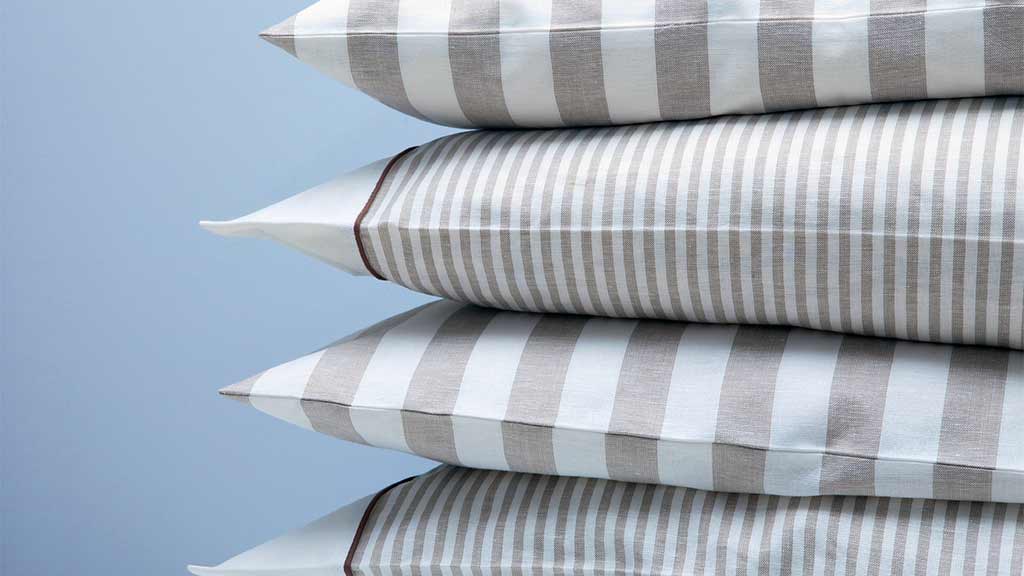Get our independent lab tests, expert reviews and honest advice.
How to buy the best toilet paper
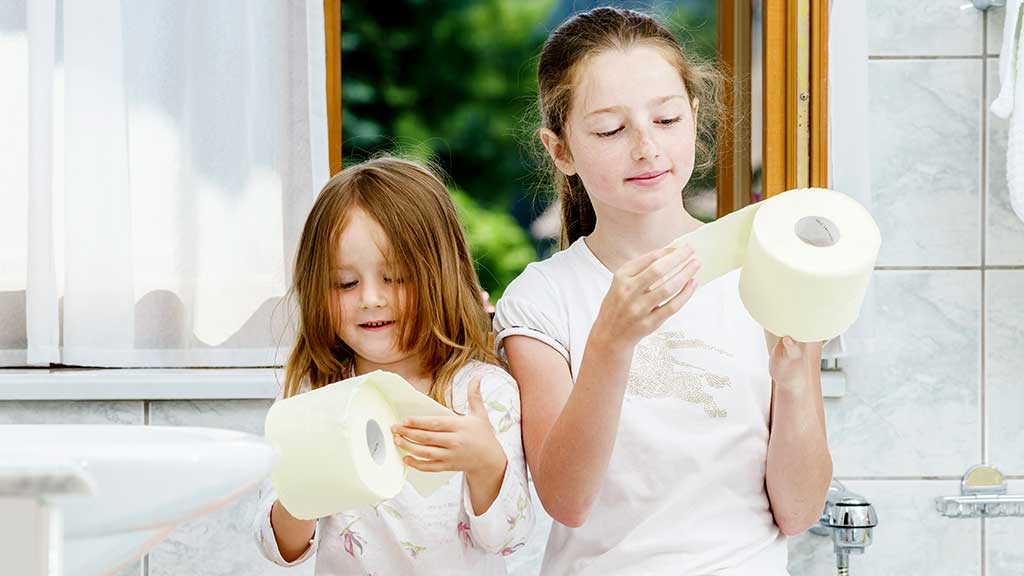
Despite its simple use, toilet paper options are seemingly endless. First you need to decide what ply you want, if you want a scented roll, a quilted roll or one with prints on it. Then there are the sustainability claims: recycled vs virgin paper, biodegradable, chlorine-free…
On this page:
- Ply count
- Virgin vs recycled toilet paper
- Certification
- Elemental chlorine-free (ECF) toilet paper
- Bamboo and wood pulp alternatives
- Other features and considerations
- Saving money on toilet paper
Toilet paper is a huge contributor to forest logging, so sustainability claims and environmental classification schemes are something we should be paying close attention to.
But what else should we be thinking about when when buying loo paper?
Ply count
Toilet paper generally ranges from one- to four-ply. This simply refers to the number of layers of paper used. Generally the higher the ply count, the thicker, softer, stronger and more absorbent the tissue should be.
Virgin vs recycled toilet paper
Virgin toilet paper uses no recycled or alternative fibres. Recycled toilet paper is made by re-using a variety of materials.
The bottom line (no pun intended) – look for recycled products. The process of recycling is less damaging to the environment than producing virgin products, and it keeps waste out of landfill.
However, paper can only be recycled four to six times before the fibres become too short and weak, so there’ll always be a need for virgin paper.
Only a small number of the products we’ve tested are made from 100% recycled material.
Certification
FSC (Forest Stewardship Council) certification
FSC is an international, nonprofit organisation that promotes responsible forest management by providing certification of forest products.
You’ll find the FSC tree-tick logo on many toilet paper packs, but if you take a closer look at the fine print you’ll notice there are three classifications to the label:
- FSC Mix means the product can be a mixture of timber or fibre from an FSC-certified forest, reclaimed timber or fibre, or timber or fibre from other controlled sources. The entire production volume needs to contain at least 70% FSC-certified material, but that doesn’t necessarily mean that a particular product line will contain any FSC-certified material at all.
- FSC Recycled means all the timber or fibre in the product is recycled material, though 15% can be pre-consumer waste (manufacturing scrap that has been put back into production). Your best bet is to look for products with this logo.
- FSC 100% means all the timber or fibre in the product comes from an FSC-certified forest.
Ultimately, the FSC logo isn’t a guarantee that the whole product is from a sustainable source, but it does indicate that the virgin fibres (see virgin vs recycled toilet paper below) used to make the product came from forests managed to higher environmental and social standards.
PEFC certification
The Program for the Endorsement of Forest Certification (PEFC) is an international organisation that works to promote sustainable forest management and ensure timber and non-timber forest products are produced using high ecological, social and ethical standards.
It has a third-party classification scheme, and you can identify its products by its PEFC-certified label. There are two PEFC classifications.
- PEFC Certified means at least 70% of the forest and tree-based material used in the product is PEFC-certified, and any remaining material is from “PEFC-controlled” sources, meaning there’s no forest and tree-based material from controversial sources.
- PEFC Recycled means the product contains only recycled forest and tree-based material.
Elemental chlorine-free (ECF) toilet paper
Many toilet paper products are bleached to make them whiter. You may have noticed the claim “elemental chlorine-free bleaching” on some of them. Elemental chlorine gas produces dioxins that can be harmful not only to the environment but also to your health.
An ECF claim doesn’t mean the product is chlorine-free, but rather that the product has been bleached using chlorine dioxide (instead of elemental chlorine gas), which reduces the potential to form these harmful dioxins.
It’s best to look for a product that is “unbleached” or uses alternatives to chlorine (like oxygen or hydrogen peroxide) to achieve whiteness.
Bamboo and wood pulp alternatives
A growing number of brands are making toilet paper from bamboo instead of timber fibres. Bamboo is a fast-growing, very sustainable crop that’s ubiquitous across Asia, so it’s a comparatively environmentally friendly option.
But be aware that unlike the majority of traditional paper-based toilet paper, which is manufactured locally, bamboo-based toilet paper is usually imported, so has a higher carbon cost in transit.
Other features and considerations
Printed, scented, embossed, quilted
These ‘features’ are all added for decorative and aesthetic appeal. Whether you choose to buy loo paper with these features comes down to personal preference.
Hypoallergenic
If you have a sensitivity to dyes or perfumes then look for a product without these, and one that claims to be hypoallergenic.
Packaging
Toilet paper can be wrapped in either paper or plastic packaging. While you can easily recycle paper packaging, it can be harder to find recycling for soft plastics.
Country of origin
Unlike most commodity goods these days, toilet paper is typically manufactured locally rather than imported. That’s because it’s a very bulky, low-volume product, so it doesn’t make financial sense to ship it halfway around the world, especially when we have plenty of raw materials for it here in Australia.
While some brands are imported, particularly bamboo-based products, if you see toilet paper from a mainstream brand that was manufactured overseas, you might be looking at a grey import.
Toilet paper delivery and subscription services
An increasingly common business model is goods delivered to your home. This is especially handy for toilet paper as it can be big and bulky, and hence a hassle to lug home from the shops.
You can even ‘subscribe’ to toilet paper now, receiving a regular delivery to your doorstep so you never have to think about whether you’re running low again.
This service typically won’t be offered by the traditional mainstream brands, but rather the innovative new players in the toilet paper business.
Saving money on toilet paper
You can spend anywhere from 17 cents to 69 cents per 100 sheets of toilet paper. It might not seem like much when you look at it like this, but over time that’s a lot of money to be flushing down the toilet.
You could save money by buying in bulk, as large packs will generally work out to be cheaper per 100 sheets.
But it may not be that easy to compare prices between products – double and triple length rolls can muddy the waters a little.
It may not be that easy to compare prices between products – double and triple length rolls can muddy the waters a little
For example, you may be choosing between a 2-pack of double length toilet paper and a 4-pack of the standard length stuff.
You might expect to pay a higher pack price for a 4-pack of paper, relaxed in your assumption that it’s likely to work out cheaper per sheet, because you’re buying in bulk and that’s the way it usually goes.
But when the smaller pack contains twice the number of sheets than the larger pack, and therefore has the same number of sheets overall, paying more for that 4-pack means you’re getting the poorer deal.
So make sure you check the unit price, not just the overall price, when shopping. Unit pricing for loo paper is generally given as the cost per 100 sheets (it may be displayed as ‘100SS’).
You could also consider the ply number when looking for the best deal. You may find you go through low-ply toilet paper quicker than a higher ply as it’s thinner.


